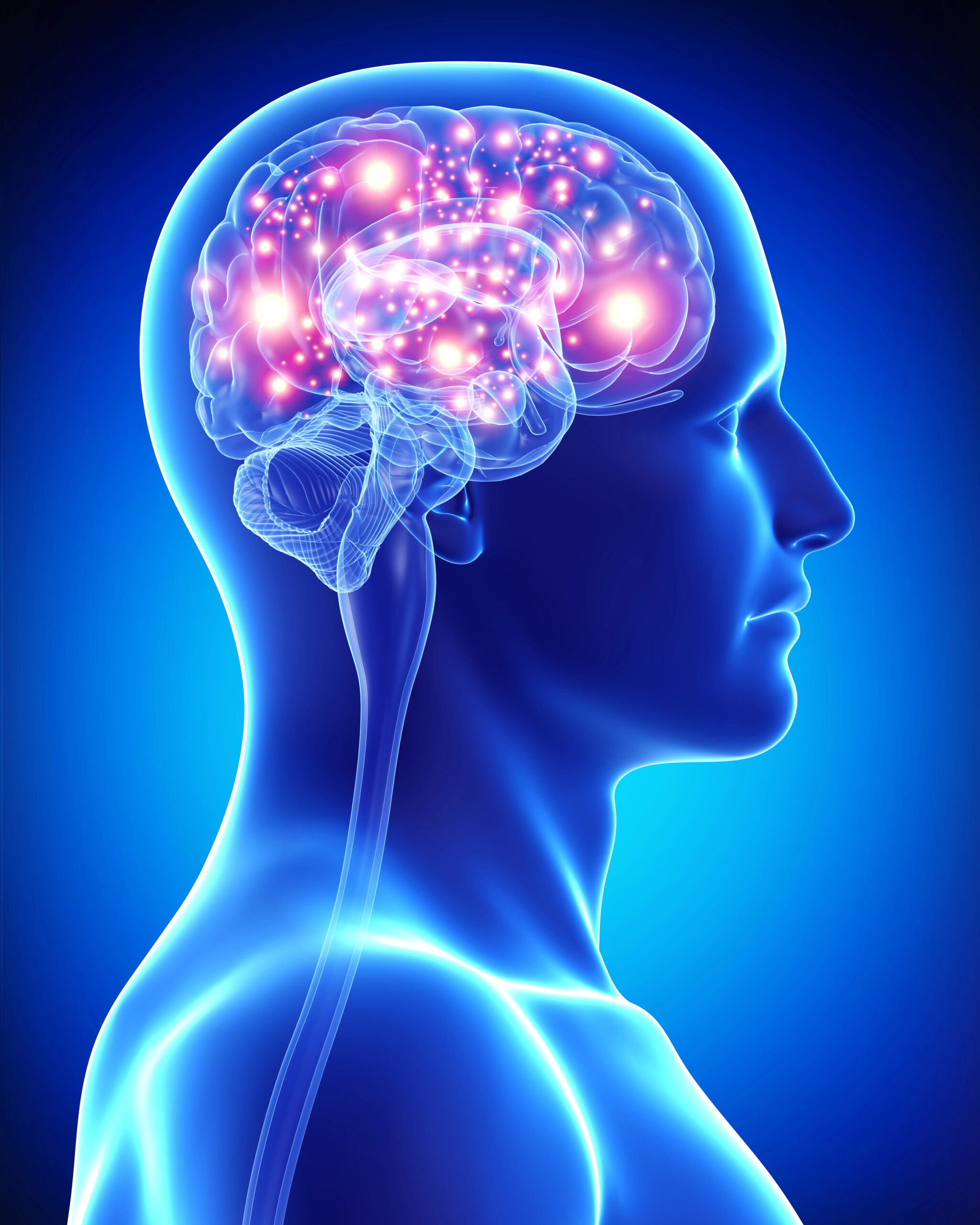Distractions seem to lurk around every corner, making it increasingly challenging to maintain focus and attention. Whether it’s the constant notifications on our devices or the overwhelming demands of daily life, our ability to concentrate often feels compromised. However, in the midst of this chaos, a ray of hope emerges in the form of neurofeedback therapy – a remarkable technique that has shown immense promise in enhancing focus and attention. This article delves into the captivating world of neurofeedback therapy and explores how it can help us reclaim our ability to concentrate with clarity and precision.
Understanding Neurofeedback Therapy
Neurofeedback therapy, also known as EEG biofeedback, is a non-invasive technique that utilizes advanced technology to monitor and modulate brainwave activity. It involves the use of sensors placed on the scalp to detect electrical signals emitted by the brain. These signals are then amplified and analyzed by sophisticated software, providing real-time feedback on brainwave patterns.
The Science Behind Focus and Attention
To comprehend how neurofeedback therapy enhances focus and attention, we must first grasp the underlying science. Our brain operates on different frequencies, each associated with specific mental states. Beta waves, for instance, are prevalent when we are alert and engaged in focused activities. On the other hand, theta waves dominate during states of relaxation and daydreaming.
Benefits of Neurofeedback Therapy
Neurofeedback therapy offers a myriad of benefits beyond enhancing focus and attention. It has shown remarkable efficacy in addressing various neurological conditions such as ADHD, anxiety, depression, and post-traumatic stress disorder (PTSD). By training the brain to optimize its functioning, neurofeedback therapy can lead to improved cognitive abilities, emotional regulation, and overall well-being.
Enhancing Focus and Attention Through Neurofeedback Therapy
Neurofeedback therapy serves as a catalyst for enhancing focus and attention by guiding the brain toward desired states. Through neurofeedback sessions, individuals learn to recognize and modify their brainwave patterns, leading to long-lasting improvements in concentration. By providing real-time feedback, this therapy empowers individuals to make conscious adjustments and harness their innate ability to focus.
Personal Experiences and Testimonials
Countless individuals have experienced the transformative power of neurofeedback therapy in enhancing their focus and attention. Rachel, a college student battling with distractibility, shares her journey: “Neurofeedback therapy has been a game-changer for me. I can now immerse myself in my studies without constantly being pulled away by distractions. It’s like my brain has been reawakened to its full potential.”
In a world where distractions prevail, the quest for enhanced focus and attention becomes all the more crucial. Neurofeedback therapy emerges as a beacon of hope, offering a personalized and holistic approach to honing our cognitive abilities. By tapping into the remarkable adaptability of the human brain, this therapy holds the potential to unlock our true focus and attention, empowering us to navigate the modern world with clarity and precision.
FAQs
1. Is neurofeedback therapy suitable for all ages? Neurofeedback therapy is suitable for individuals of all ages, from children to adults. At MyBrainDR, we find the best results with treating children ages 7 and up. It can be tailored to meet the specific needs of each individual.
2. How long does it take to see results from neurofeedback therapy? The duration of neurofeedback therapy varies depending on individual circumstances. Some individuals may experience noticeable improvements within a few sessions, while others may require more time for lasting results.
3. Are the effects of neurofeedback therapy long-lasting? Yes, neurofeedback therapy aims to produce lasting effects. By training the brain to optimize its functioning, individuals can sustain the benefits gained from therapy.
4. Are there any side effects of neurofeedback therapy? Neurofeedback therapy is considered safe and non-invasive, with minimal reported side effects. However, it’s essential to consult with a qualified professional to ensure its suitability for your specific situation.
5. Can neurofeedback therapy be used alongside other treatments? Yes, neurofeedback therapy can be used as a complementary approach alongside other treatments. It is important to inform your healthcare provider about all the treatments you are undergoing for comprehensive care.





